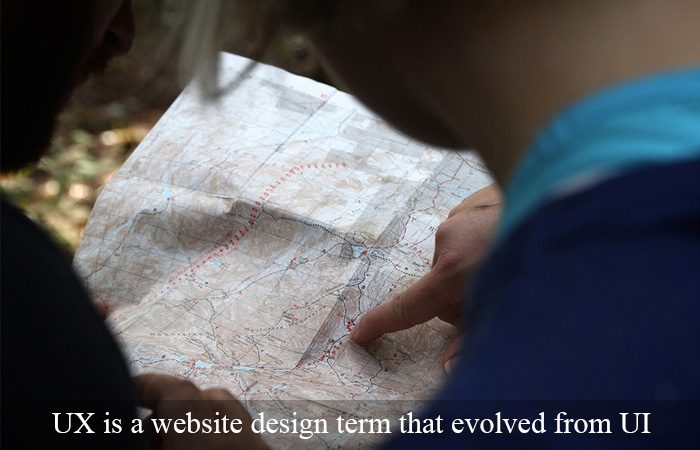UX short for User Experience is a website design term that evolves from UI or User Interface. Though UX covers the website interface, but it also includes the every characteristic of the user’s experience on a website. One can certainly view UX from the frontage, where users intermingle with the website, or in the wake of the scenes, where the up marketers work for the website’s improvement.
A UX map exhibits that how your site is performing for your customers and also tells you that whether that interaction is leaving them pleased or displeased. The UX map is one major tool that can help the designers to improve their website’s User Experience by joining customer journey map ideas along with a website’s layout just to show the readers information on how the website is performing.
UX mapping combines the methods that are used to create and apply the maps and also overlays them with the maps of the User Interface layout. It interacts to create a whole new kind of a map. These User Experience maps include a wealth of all the valuable information collected on the customer’s interactions with the website.
There are different types of information that User Experience maps do contain and because of which they are still new and an unexplored tool. The maps can now take on numerous forms, such as flowcharts of fluctuating complexity which shows the website design elements and also the UX interactions with them. Others just show the emotions of the users, therefore it is advisable to select the participants for the UX surveys wisely.
UX mapping is still in the infancy stage, but the benefits of the UX Maps are also undeniable. The coming time will u

